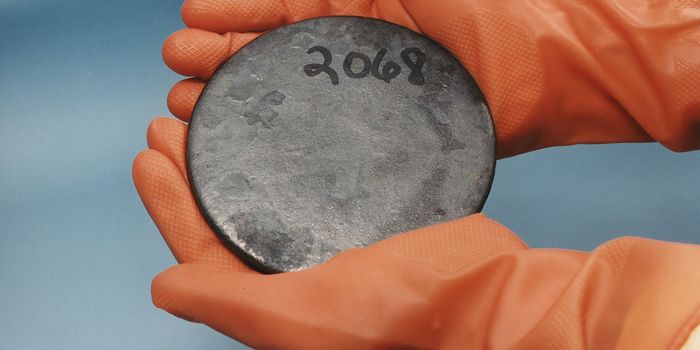This Tuesday, the sun-powered plane Solar Impulse 2 touched down Ahmedabad, India, completing the second leg of its planned voyage to circumnavigate the globe. Bertrand Piccard, chairman of the Solar Impulse project, piloted the plane into the history books by completing the 1,468 km (912 mile) trip. To date, this is the longest distance ever traversed by a piloted solar-powered plane. But if all goes according to plan, it won't be long before Solar Impulse 2 dwarfs its own record. There are ten more legs to go in its round-the-world journey, and two of those legs are the crossings of the Pacific and the Atlantic Oceans.

Sharing in the piloting of the Solar Impulse 2 is Andre Borschberg, the CEO of the Solar Impulse project, who flew the plane on the first leg of its journey from Abu Dhabi to Muscat, Oman on Monday. Borschberg and Piccard have to take turns piloting the Solar Impulse 2 because only one person can fit in the cramped cockpit at a time.
The plane is a paragon of solar efficiency. 17,000 solar cells cover every horizontal surface on the plane, including its massive 236 foot wing span, greater than that of a 747. Even with its massive size, the plane weighs just a little over 5000 pounds, about the weight of a small van. About a quarter of that weight is made up by roughly 1400 pounds of batteries, which the solar panels charge so that the plane can fly at night. The four electric engines sip electricity as they cruse along at an average speed of about 55 miles per hour.
The low weight to size ratio is achieved by building most of the plane out of carbon fiber, which is stronger than steel, but significantly lighter than printer paper. Every effort has been made in the design of the Solar Impulse 2 not to add weight, hence the one-person, phone booth-sized cockpit. But it doesn't stop there. To call conditions for the pilot spartan would be an understatement. The cockpit is unpressurized and has no heat, so the pilot will frequently be in a -40 degree environment. There is no lavatory. The toilet built into the single seat. There is no bunk for sleeping. The pilot can only recline his seat. And since there's only room for one pilot, even during the oceanic crossings which will take days, each pilot will limit himself to sleeping no more than twenty minutes at a time. To stave off fatigue, and to preserve their sanity, both pilots have also learned how to meditate.
As the pilots prepare for each new leg of their journey, they will be hosting public events where they will be speaking about their plane and the possibilities of clean technology. Any possible detractors should be forewarned: it's hard to argue with a plane that, using nothing more than ingenuity and the power of sunlight, is in the process of encircling the entire planet.
Source: BBC News










